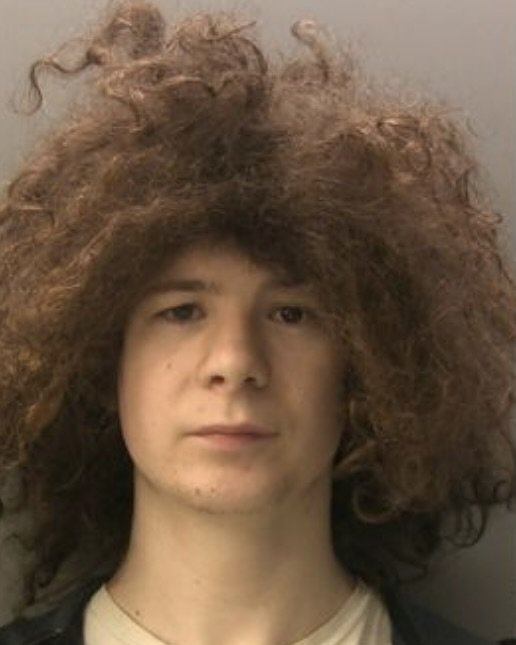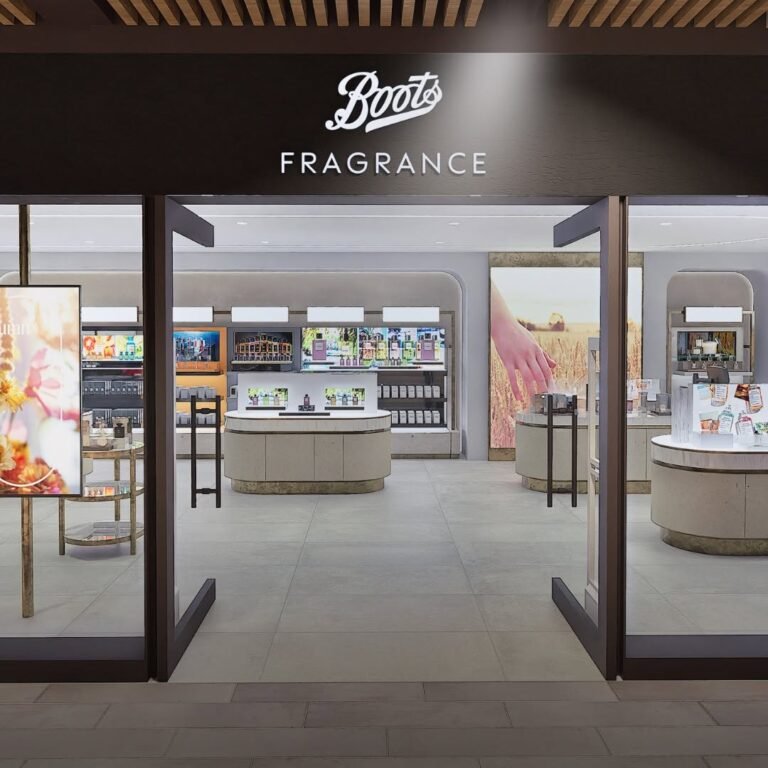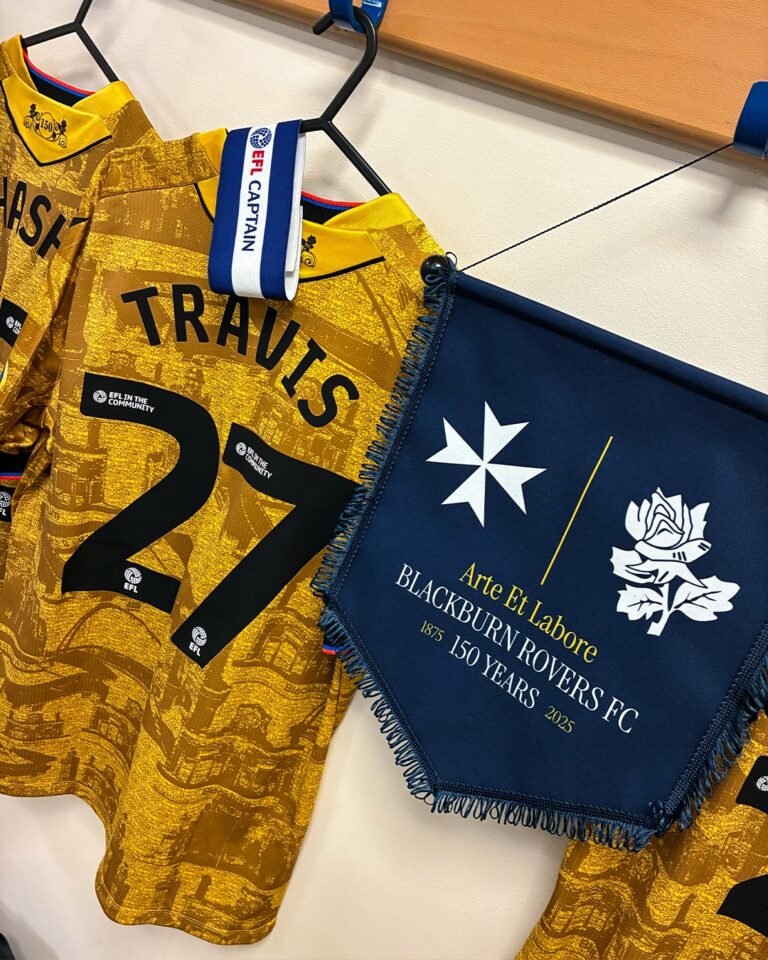
Imagecredit by Instagram
If you have walked the streets of Liverpool or scrolled through UK trending topics online in recent months, chances are you have come across discussions, memes, or even heated debates about the “Ketwig” hairstyle. Far from just a local fad, this distinctive look has grown into one of the UK’s most talked-about youth hair trends, prompting both fascination and bemusement in equal measure. But what actually is a Ketwig hairstyle, and why has it become such a viral talking point up and down the country?
What Exactly Is a Ketwig?
The term “Ketwig” has its roots in Liverpool slang. It describes a big, bushy, and typically curly or frizzy hairstyle often left untrimmed for long periods. The name, sometimes linked in jest to the drug ketamine, came about because young people were said to prefer spending money on nights out or on other priorities, rather than at the barbershop. Rather than a meticulously maintained look, the Ketwig is defined by its carefree appearance. Typically adopted by teenage boys, but now seen among a broader demographic, the style’s appeal lies partly in its anti-establishment vibe and embrace of individuality.
The History of the Trend
The Ketwig isn’t as new as some believe. While it has exploded on social media in the last few years, especially among Scouse teens, its roots stretch back several decades. In the 1990s, sketches by comedian Harry Enfield portrayed “The Scousers,” characters well-known for their enormous black curly perms. The style parodied popular haircuts seen on Liverpool’s streets and echoed the city’s footballing heroes of the 1970s and 80s, who often wore similarly bold styles. Over time, these bushy looks evolved from the classic perm to today’s Ketwig: wilder, woollier, and worn with a touch of pride.
Why Has the Ketwig Gone Viral?
Liverpool is renowned for its unique contributions to British pop culture, from The Beatles’ mop tops to today’s streetwear. In recent years, however, the Ketwig has overshadowed many other trends, becoming a visual shorthand for youth rebellion and local humour. The style’s rapid rise has been fuelled by viral videos, memes, and countless trending posts showcasing both proud wearers and gentle satire. Many teenagers see it as a symbol of rejection of conventional grooming standards, a sentiment that resonates across regional lines and has led to its spread beyond Merseyside.
Societal Response and Controversy
While many celebrate the Ketwig as a quirky cultural phenomenon, others have mixed feelings. Some city-centre businesses in Liverpool joked about a “ban” on unruly Ketwigs, suggesting that the influx of shaggy-haired lads was making it hard to maintain the area’s stylish reputation. Teaching staff at some local schools have even remarked, in jest, that they haven’t seen the faces of certain students for months due to the sheer volume of hair.
Importantly, the association between the Ketwig and drug use is more tongue-in-cheek than literal. Local voices stress that most wearers do not match the stereotype and that the trend is more about fun and identity than any real link to substance misuse. The playful ribbing has itself become part of the trend’s story, extending to charity events where Scousers don curly wigs to demonstrate pride in their city’s eccentricities.
The Modern Ketwig and Its Styling
Despite (or perhaps because of) its unruly origins, the Ketwig demands some maintenance if the look is to stay intentional rather than neglected. Local barbers have weighed in, describing how some wearers come in for strategic trims, channeling their mane into a specific shape while keeping the wild aesthetic intact. Others, however, take the no-haircut principle to heart, letting nature run its course.
The style is sometimes compared to mullets, perms, and even the classic quiff—styles that have come and gone throughout British pop culture history. But whereas mullets have seen a slick, high-fashion revival, the Ketwig remains staunchly rooted in everyday street style.
The Ketwig in Popular Culture
Public figures and online personalities have embraced the look, further cementing its place in mainstream consciousness. Most notably, UFC fighter Paddy “The Baddy” Pimblett spoke publicly about his infamous Ketwig; his wild, curly locks generate both discussion and memes every time he steps into the ring. Online forums and social media channels dedicated to “Scouse Ketwigs” attract thousands of submissions and followers, some celebrating the look, others finding humour in its extremes.
Expert and Local Perspectives
Fashion experts and local stylists highlight Liverpool’s influence as a fashion-conscious city, with its styles often spilling over to the rest of the UK. According to stylists interviewed by local press, current trends in men’s hair have swung from neatly cropped to intentionally “overgrown”. The Ketwig stands apart as more than just a haircut: it is a statement of belonging and a nod to local culture.
The Future of the Ketwig
Fashion, especially hair, is always evolving. While the Ketwig remains prominent, shorter, neater trends are predicted to make a comeback. Many believe the Ketwig will keep its cult status, a symbol of Scouse humour and irreverence. But as with all trends, its reign will eventually give way to something new. There’s even talk among teachers and parents of a local surge in demand for hair care products, as young people experiment with their growing locks.
Conclusion
The Ketwig hairstyle exemplifies how grassroots trends can shape national conversations about style, identity, and youth culture. Born on the streets of Liverpool, the Ketwig is now an unmistakable symbol of Britain’s ever-changing approach to fashion—a little bit wild, a little bit tongue-in-cheek, but always unmistakably local. Whether you consider it a badge of honour or a passing phase, there’s no denying that the Ketwig has left its mark on the UK’s style landscape.
To read more click here







